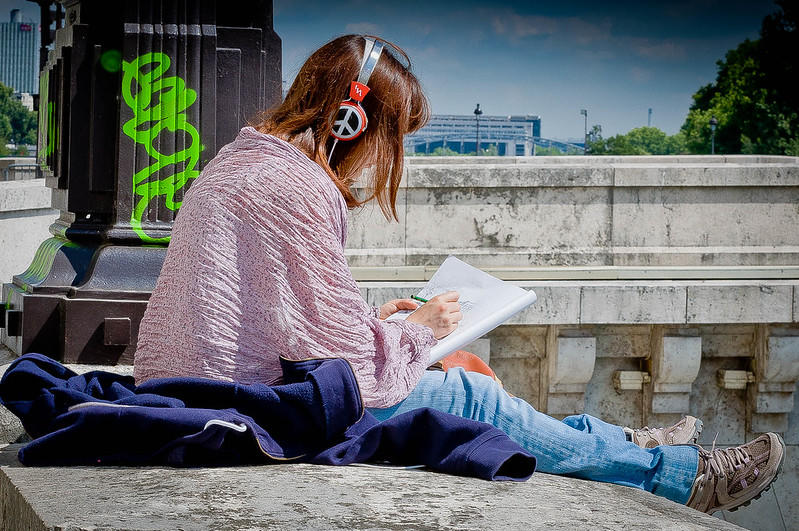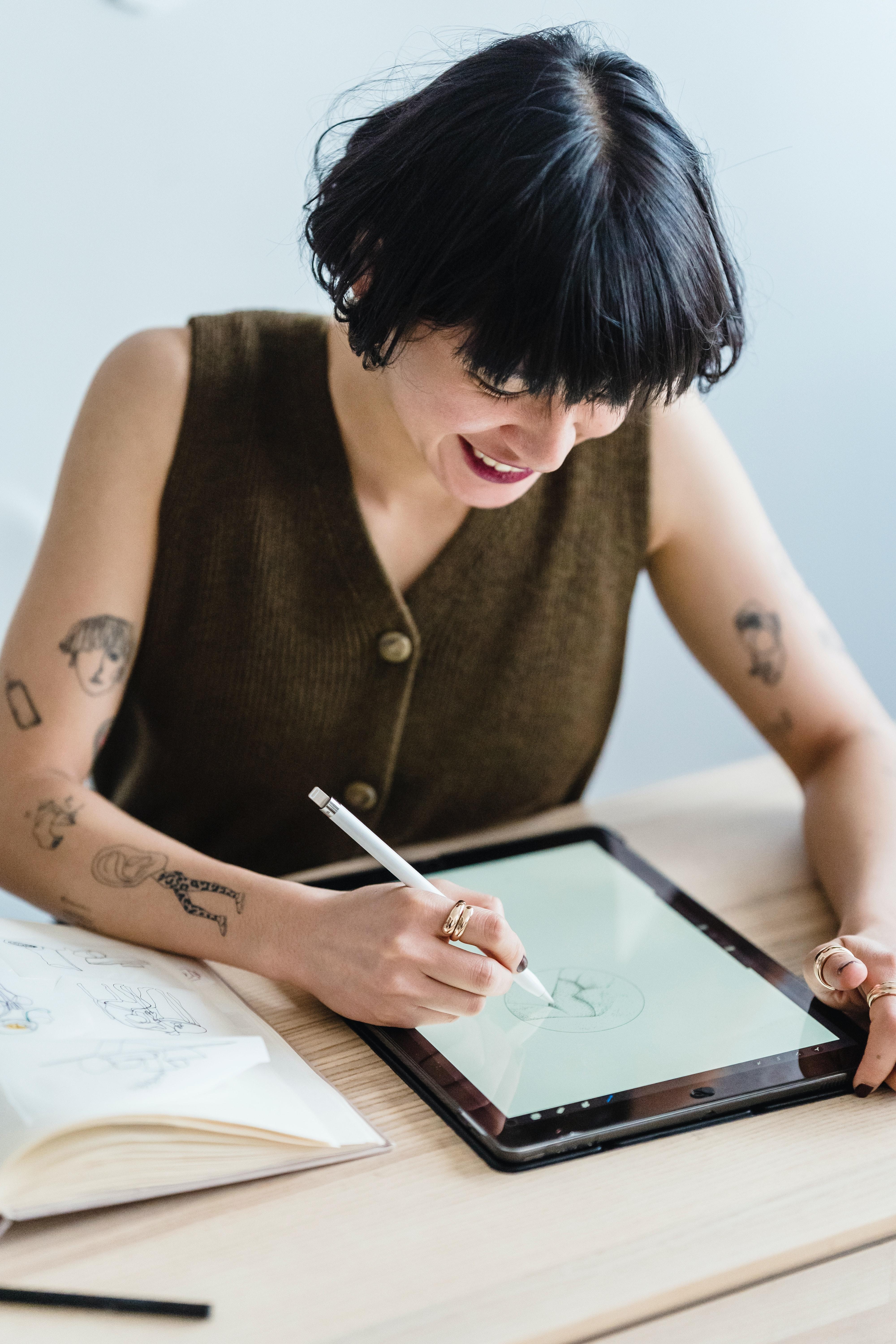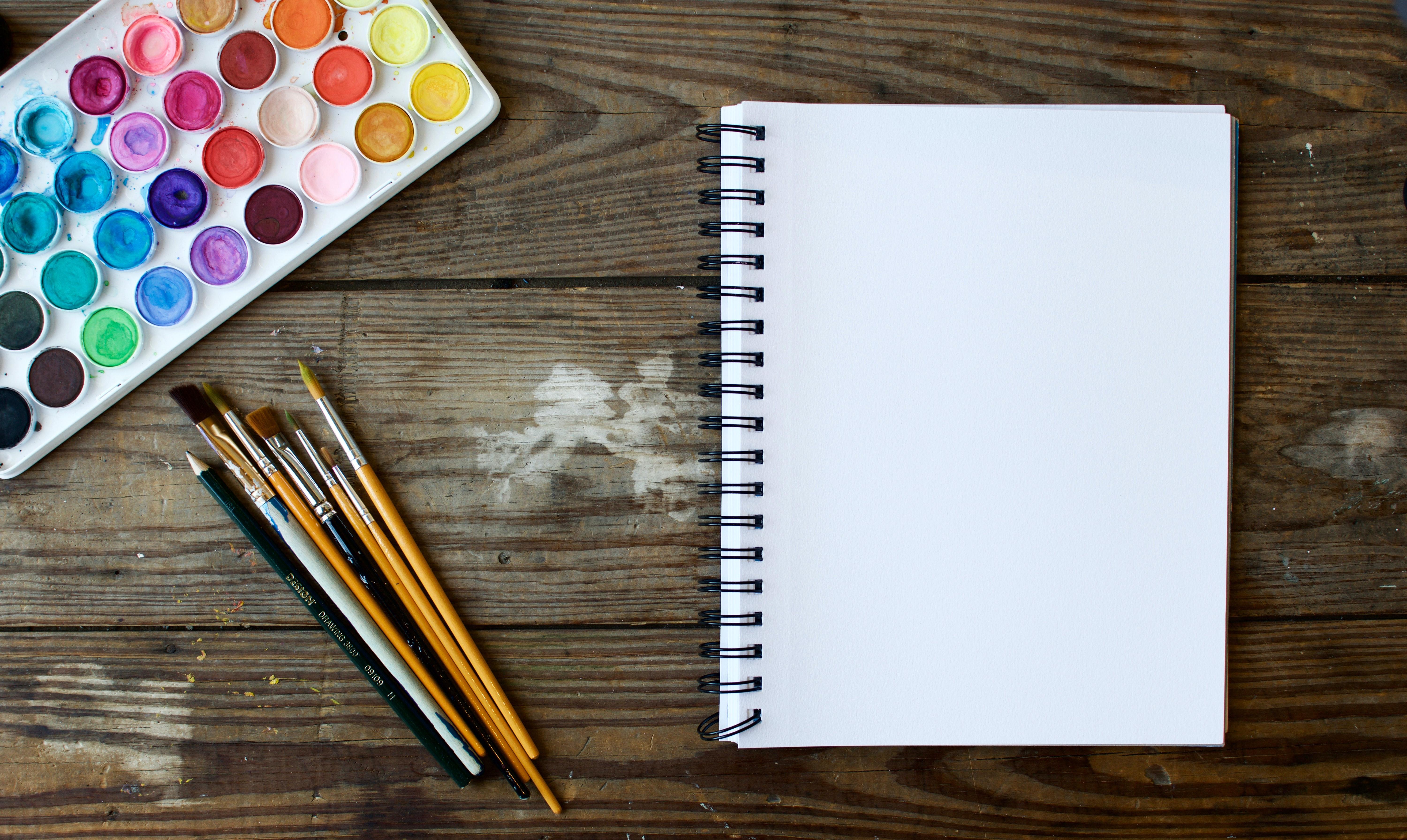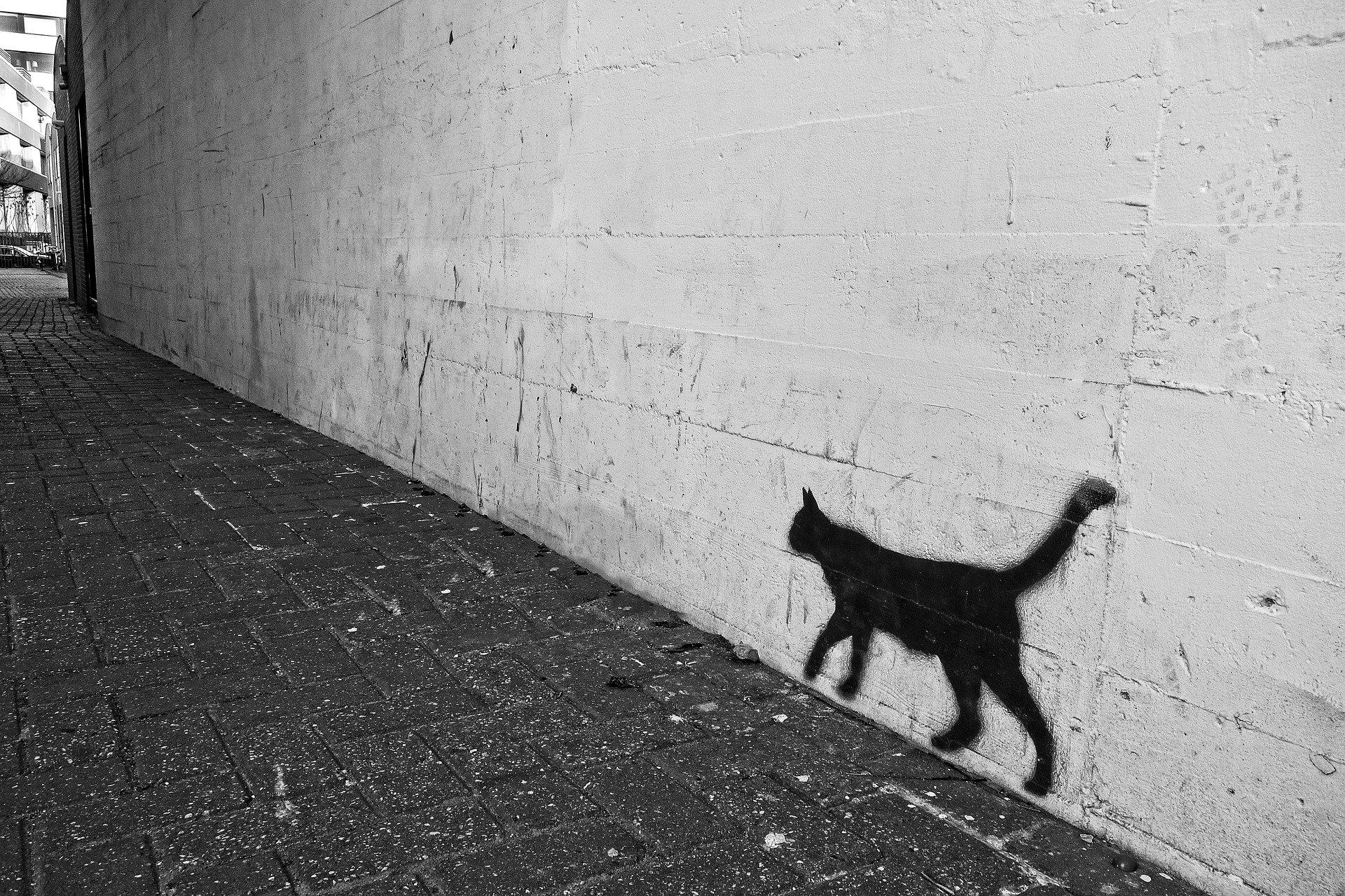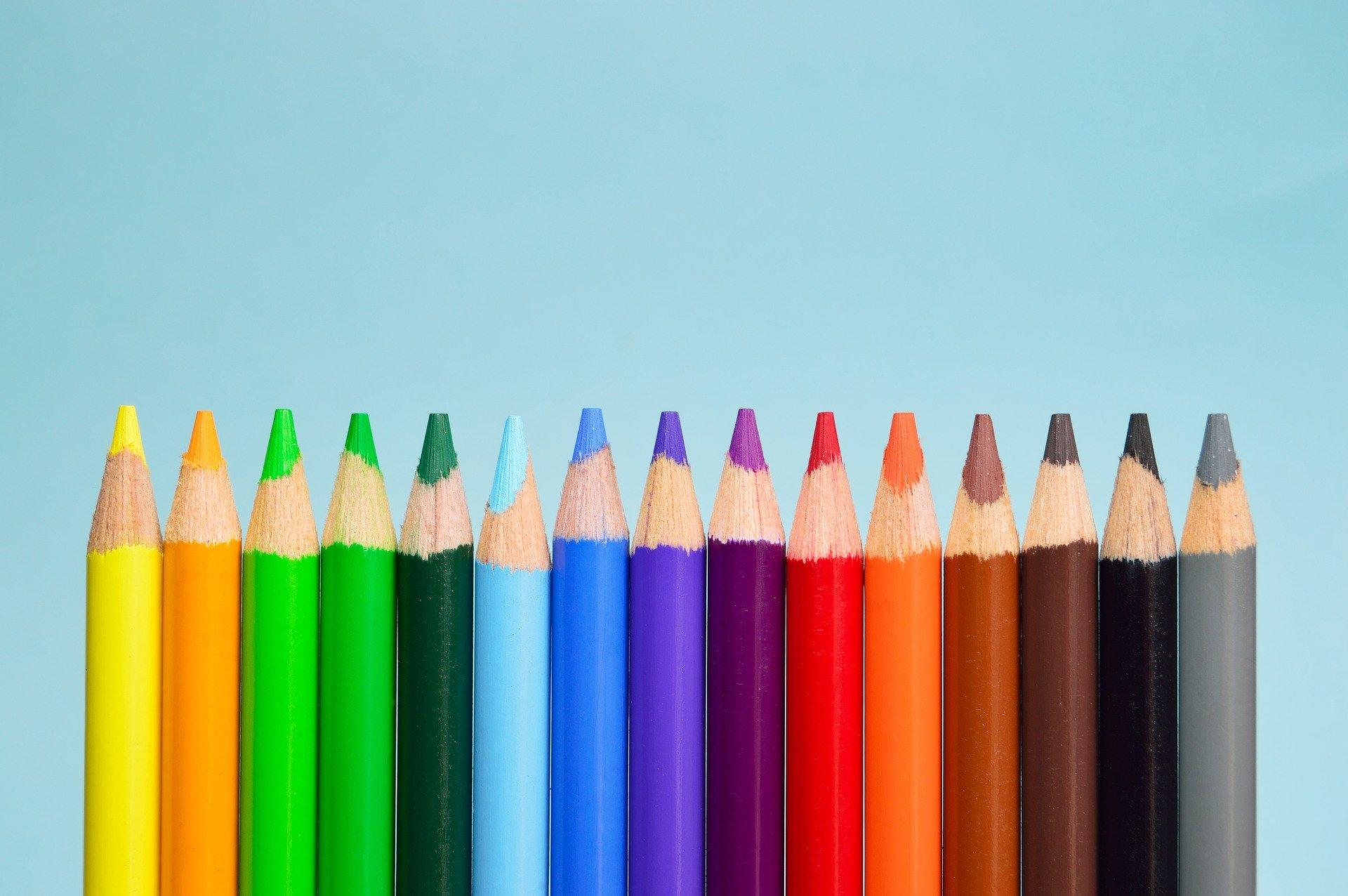Drawing is a diverse form of art involving making marks on surfaces like paper or cards. While digital tools in visual arts have grown, many artists still cherish the tactile connection between drawing tools and their medium. Today, we will focus on types of drawing techniques that help artists bring their creations to life.
Whether you’re a beginner or a seasoned artist, learning various techniques is crucial to enhancing your skills. Let’s explore some fundamental drawing techniques and how they can be used to create beautiful pieces of art.
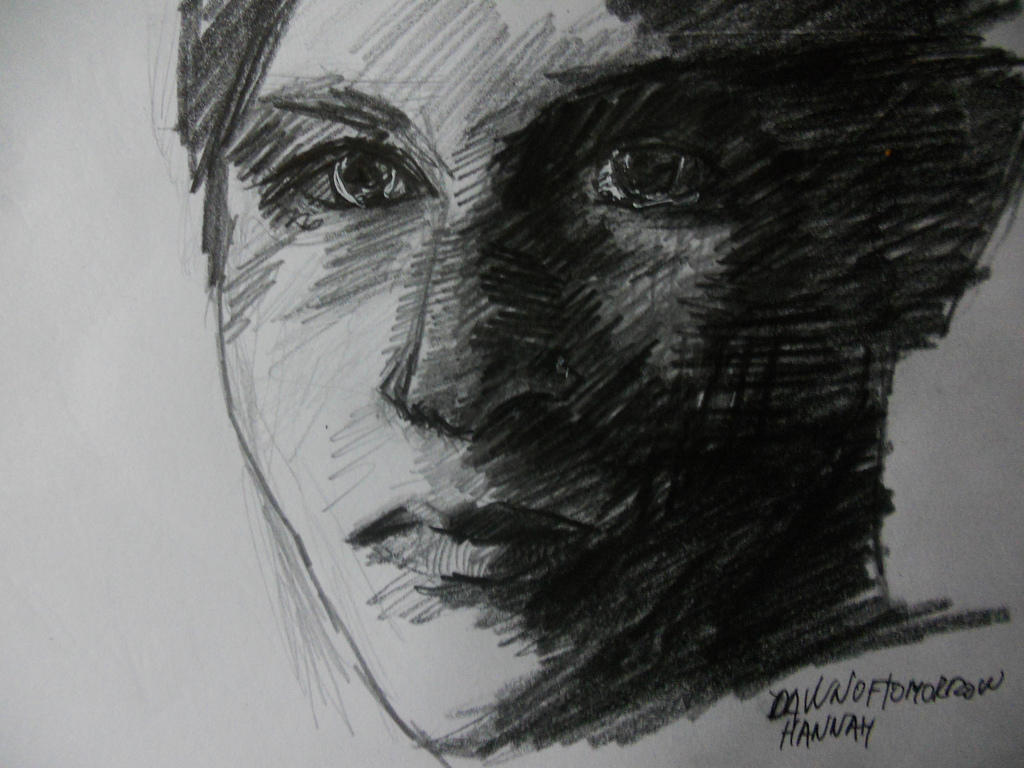

What Does Drawing and Sketching for Beginners Entail?
Before diving into the different types of drawing techniques, beginners need to familiarize themselves with essential tools. The right equipment can significantly impact the quality of your work and the ease with which you develop your skills. Basic drawing supplies include quality pencils in various grades (from soft to hard), sketchbooks with different types of paper, various erasers (including kneaded and rubber erasers), and a reliable sharpener to maintain the precision of your pencils.
Beyond the basics, many beginners find it helpful to experiment with charcoal, colored pencils, and even ink pens to understand the versatility of different mediums. Charcoal is great for creating bold, expressive lines, while colored pencils allow for detailed, vibrant artwork.
Additionally, storing your artwork in a portfolio helps keep your pieces organized and allows you to track your progress over time. Investing in the right tools sets the foundation for a rewarding drawing experience.
For those just starting out, seeking guidance can be invaluable. Beginners can greatly benefit from structured learning environments. To build confidence and refine your skills, consider exploring beginner drawing classes in Canada to kick-start your artistic journey with professional guidance and support.

Basic Types of Drawing Techniques
Now that you know what drawing tools you need, let's get on with beginners' basic drawing techniques.
This technique involves moving the pencil or drawing tool back and forth across the paper in an even, level motion. By applying more or less pressure, you can create darker or lighter areas in your drawing. Back and forth is one of the simplest types of drawing techniques and forms the foundation for shading.
Hatching involves making small, parallel lines to build up tone and texture in your drawing. The spacing between the lines indicates the lightness or darkness of an area; lines that are closer together will create a darker effect. Hatching is a fundamental technique for adding depth and dimension to your sketches.
Cross-hatching is an extension of the hatching technique. It involves drawing intersecting lines to add even more texture and shading. By varying the direction and density of the lines, you can create detailed effects, making cross-hatching a versatile method for artists to explore.
Scribbling is a fun, freeform technique that allows the artist’s hand to move freely across the page, creating random patterns and marks. This method is particularly useful for sketching for beginners, as it doesn’t require precision.
If you are a lover of meticulous processes, you will love the stripling technique. This drawing technique involves making many tiny dots on your drawing surface; the closer the dots are together, the darker your sketch is.

Exploring More Advanced Drawing Techniques
Using Graphite Pencils and Charcoal
Graphite pencils are perfect for beginners and professionals alike, offering a smooth drawing experience that allows for shading and creating 3D objects.
Conversely, charcoal is a dry art technique often made from natural or organic resources like wood.
Just like graphite, charcoal can be used on a smooth surface; however, for best results, it should be applied to textured paper.
This type of drawing technique provides a more textured appearance. It’s excellent for life drawing, quick sketches, and creating a sense of movement.
Above all, one of the biggest pluses to using tools such as crayons and pencils is the low cost. Most grocery stores will stock a range of art supplies, including coloring pencils and crayons. Some of the larger superstores may even offer graphite pencils and a larger selection of paints and pastels.
Check out our guide on drawing with crayons and pencils to learn more about different types of drawing techniques.
Working with Chalks and Pastels
Chalks and oil pastels are ideal for creating soft, colorful illustrations. Oil pastels allow for blending, making them the perfect medium for dynamic, vibrant artwork.
Artists like Lynne Chapman use oil pastels to create stunning illustrations for children’s books. Chalks can be applied directly onto paper or used as a powdery substance, offering various finishes.
For more on these mediums, explore our article on chalk and pastel drawing.
Playing Around With Pen on Paper
Last but not least, biro sketches are a fantastic way of learning to draw.
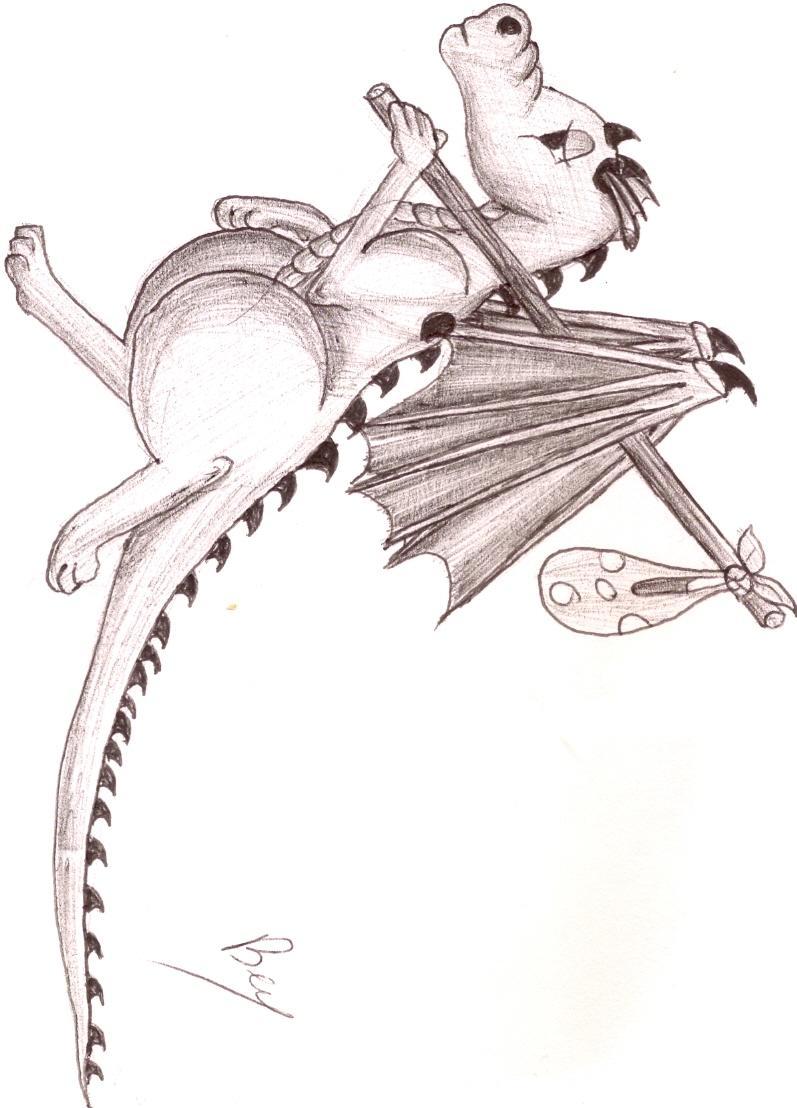
Many don't know that Fearne Cotton is a very talented artist as well as TV presenter and DJ, and she illustrated her recent book releases with various biro sketches. Her images, alone, can provide enough inspiration and reveal how easy it can be to create your ideas just by putting pen to paper.
Drawing with pens, including ballpoint pens or felt-tip markers, is another popular art method, as well as pencils. Pens offer a different drawing experience compared to charcoal or pastels, with their narrow nibs creating precise lines.
Digital Drawing Techniques
Digital drawing is rapidly gaining popularity, with artists increasingly using tablets, styluses, and specialized software like Procreate, Adobe Photoshop, and Clip Studio Paint to create stunning digital artwork.
This modern approach to drawing opens up a world of possibilities that traditional mediums can’t always provide.
Although digital drawing differs from traditional methods, it offers many tools that enhance creativity. Features like layers allow artists to experiment with complex compositions without worrying about making irreversible changes.
Brush sets and textures mimic everything from pencils and ink to watercolors and oils, while customizable color palettes make exploring endless combinations and effects easy. Digital drawing also simplifies tasks like resizing, erasing, and correcting mistakes, making it a favorite among illustrators, graphic designers, and animators.
For those interested in mastering this versatile technique, online drawing classes are an excellent way to start. These classes often provide hands-on instruction, teaching students how to use digital tools effectively, create digital illustrations, and develop their unique digital art style.
Why Learn Different Drawing Techniques?
Mastering various drawing techniques is crucial for any artist looking to diversify their skill set and enhance their creative expression.
Each technique, whether it’s hatching, cross-hatching, stippling, or blending, offers a different way to depict light, shadow, texture, and depth in your artwork. By experimenting with these methods, you can uncover your unique style, discover which mediums suit your artistic voice, and gain confidence in expressing your ideas visually.
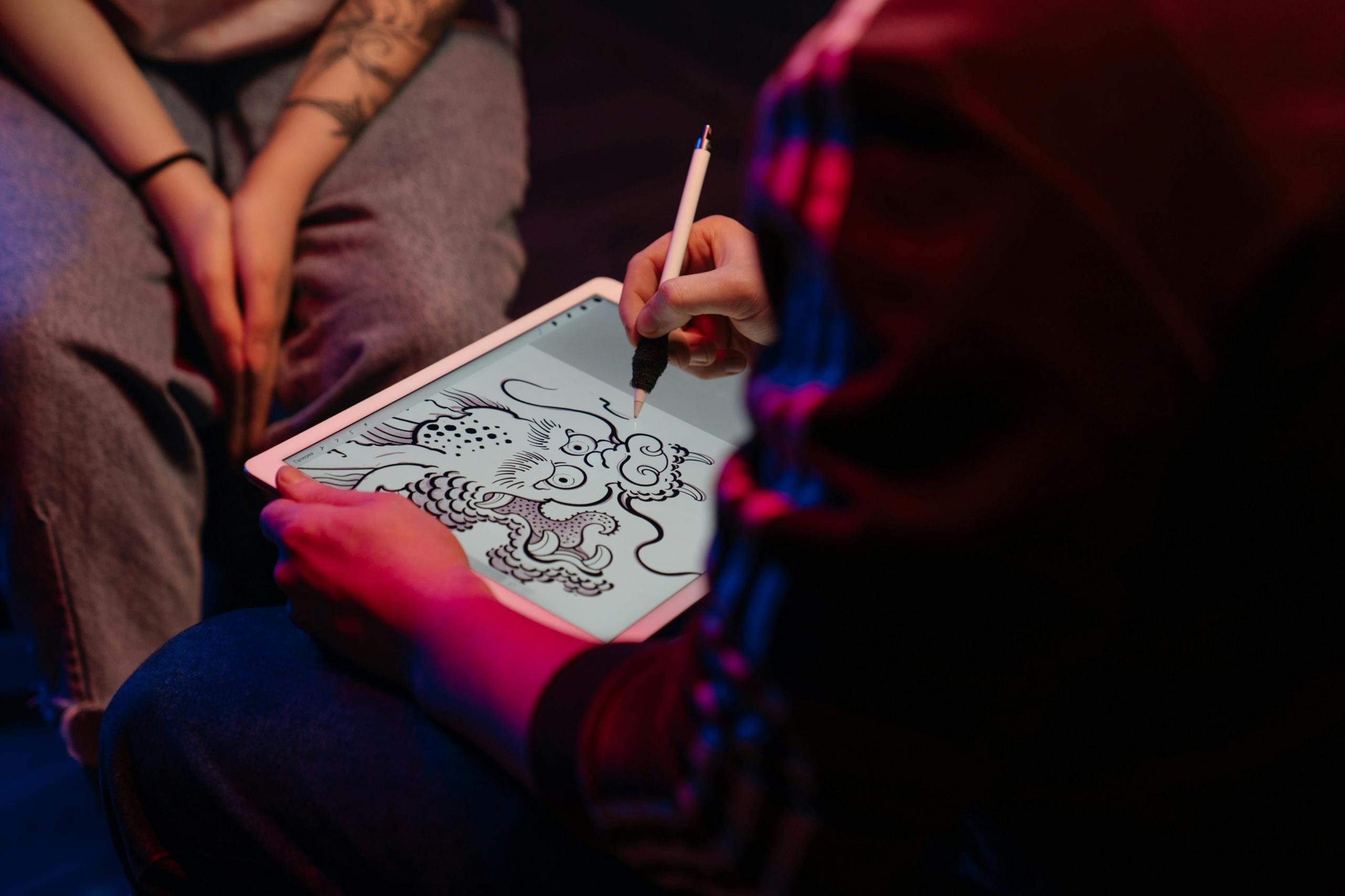
Learning different drawing techniques also gives you the flexibility to adapt to various artistic projects. For example, sketching with graphite might suit realistic portraits, while charcoal could enhance the drama in life drawings.
By combining multiple techniques, such as layering colors with colored pencils and using ink for fine details, you can create more complex and engaging compositions that resonate with viewers. This ability to mix techniques is what sets an experienced artist apart, transforming simple sketches into textured and visually dynamic works of art.
Did you know Vincent van Gogh used hatching and cross-hatching in his art?
In “The Starry Night,” he used short, expressive lines to create swirling patterns, adding dynamic movement to his iconic style.
Understanding and practicing different techniques is a critical step in the artistic journey for beginners and those looking to refine their skills. It helps lay a strong foundation that can be built upon over time. Whether you are sketching for fun or aiming to pursue a professional career, exploring various methods will make your work more versatile and fulfilling.
To help develop these essential skills, beginner drawing classes in Canada provide structured guidance and hands-on practice, ensuring your artistic growth is enjoyable and rewarding.
Can You Combine Different Types of Drawing Techniques?
Now that you’ve learned all about the different mediums, you might wonder – is it possible to combine different drawing techniques?
The answer is; Absolutely!
Combining hatching, cross-hatching, stippling, and shading can elevate your artwork by adding depth, texture, and visual complexity.
For instance, you can use hatching for shading the background, stippling for intricate details, and smooth blending for softer, more delicate areas—all within a single piece. This combination of techniques creates a dynamic and multi-dimensional effect that a single method alone might not achieve.
By experimenting with combinations, you can convey various moods and develop a unique style that sets your work apart.
So, don’t hesitate to mix and match techniques to express your artistic vision fully!



















